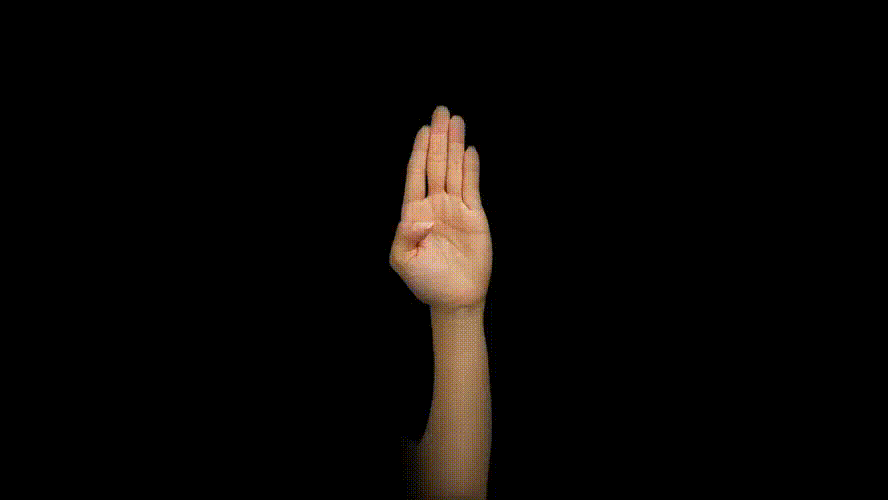I Witnessed Abuse
Your response can save lives. If you or someone you know is facing domestic violence, you can get help for them.
Report Domestic Violence
Contact the National Anti-Violence and Sexual Harassment Helpline (NAVH)
Call 1800-777-0000 or make an online report via the NAVH Reporting Form
Important things to note before making a report
Airtime charges apply for mobile calls to 1800 service lines.
Contact the police if there is imminent danger
How to Help Someone Who is Abused or Suffering Domestic Violence
A.R.T. of Safe Interruption
As a community, we have the responsibility to help others by safely interrupting when we witness violence. Do not assume that others will step in. To help, you can follow the A.R.T. of Safe Interruption.
- When the perpetrator is not around, ask if the victim needs help
- Do not assume that the signs you noticed mean that the person may be experiencing violence or abuse
- Allow the person to speak about their situation
- The following are some generic questions you can ask:
- How are you?
- How can I help you?
- Who can I call to help you?
- Would you like me to accompany you to seek help?
- Intervene when it is safe to do so. There is no one right way to intervene as each situation is different. You can do the following:
- Distract the persons involved (e.g. dropping in on the neighbour when you hear a child crying and screaming, while the adults are shouting at each other)
- Redirect the attention of parties by asking questions (e.g. pretending to know the victim/perpetrator and acknowledging them)
- Inform the authorities on-site (e.g. security guard) or inform the parties that the authorities are coming
- It is important to assess the situation before responding. Here are some factors to consider:
- Safety (for yourself and the victim)
- Space/environment (open or enclosed)
- Presence of others to provide support if necessary
- Options for exit
- Report the incident to the appropriate authorities via the NAVH, or call the Police if there is imminent danger
- Tell the victim where and how to seek help
Signal for Help

The Signal for Help is a simple one-handed gesture that victims of violence can use to discreetly show they need help and would like someone to check in on them, without alerting the perpetrator.
This signal is done by first holding up one hand with the thumb tucked into the palm, and then folding four fingers over the thumb.
Share the Signal for Help with others to help raise awareness. This simple act could help someone in the future.
What to do if You See the Signal for Help
- Be discreet as you try to help the victim. Do not respond immediately to avoid alerting the perpetrator, who may be in the vicinity
- Reach out to the victim by using another form of communication (e.g. SMS, WhatsApp, social media, email)
- Ask the victim general “yes” or “no” questions to reduce risk and make it easier for them to respond (e.g. “Are you OK?”, “Can you talk safely now?”, “Do you need help?”, “Shall I call the police?”)